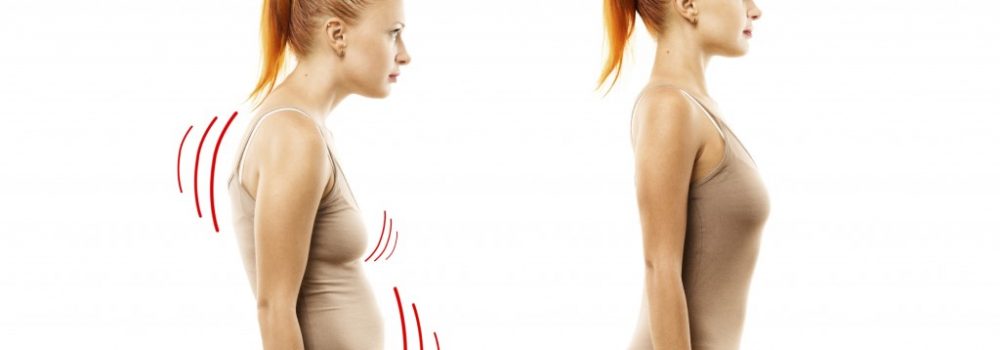Straighten Up Canada! The Importance of Good Posture for Spine Health
In the same theme as our monthly Health Mail of June 2015, we suggest the article “Go Canada move! The importance of good posture for spinal health. ”
** Note that this article was published on the blog of the Canadian Chiropractic Association by CCA Staff Team as of October 15, 2014 at the following address: http://www.chiropractic.ca/blog/straighten-up-canada-the-importance-of-good-posture-for-spine-health/
Chiropractically yours,
Dr. Pascal Paquet D.C., chiropractor
Clinique Solution Santé Chiropratique Inc.
61, rue Thornton N. Street
Coaticook, Qc J1A 2E1
Phone: (819) 804-4440
E-mail: monchirocoaticook@gmail.com
Web site : http://www.cliniquesolutionsante.com/en/
Straighten Up Canada! The Importance of Good Posture for Spine Health

Do you remember being nagged as a child to sit up straight at school or the dinner table? Do you still find yourself slouching at your computer or bending your head forward for long periods while using electronic devices? Canada’s chiropractors want you to Straighten Up! Good posture helps to prevent backache and muscular pain, allows your body to use less energy for daily tasks, helps to decrease wear on joints and prevent arthritis, and increases the flexibility and stress tolerance of your spine. Good posture also makes you look and feel great.
What are some examples of poor posture?
Hollow back occurs when the natural curve of your lower back is increased, also called hyperlordosis. When your lower back is arched, it causes your ribcage to protrude and forces your pelvis out of the neutral position, causing your tailbone to point backwards. When these bones are out of alignment, it weakens your abdominal muscles, your hip flexors and your hamstrings. All this together may lead to uneven distribution of pressure on the vertebral discs.
Hollow back can lead to low back pain, deconditioned and weak muscles in the back and abdomen, and other musculoskeletal conditions, such as knee pain.
Perhaps you are very aware of your posture and work hard to stand straight and tall. Be careful! Good posture shouldn’t be hard work. If you are standing “at attention” all the time (hypokyphosis), your head may protrude and your shoulder blades may tend to be forward and tilted. As well, this posture increases the natural curve of your lower back, pushes your hips forward, and probably causes you to stand with your knees “locked” or slightly hyperextended. This will weaken your abdominals and hamstrings and shorten your hip flexors, causing them to feel tight.
Hypokyphosis can result in low back pain, thoracic (mid-back) pain and possibly hip and knee pain.
So, remember to stand tall (but not too tall!). Keep your spine neutral and abdomen braced – imagine tensing and stiffening your abdomen to prepare for an incoming impact. Don’t lock your knees – keep them slightly bent and make sure you wear good quality shoes if you are on your feet a lot. It will probably feel awkward at first, but your body will adapt and soon it will be second nature to look and feel great!


